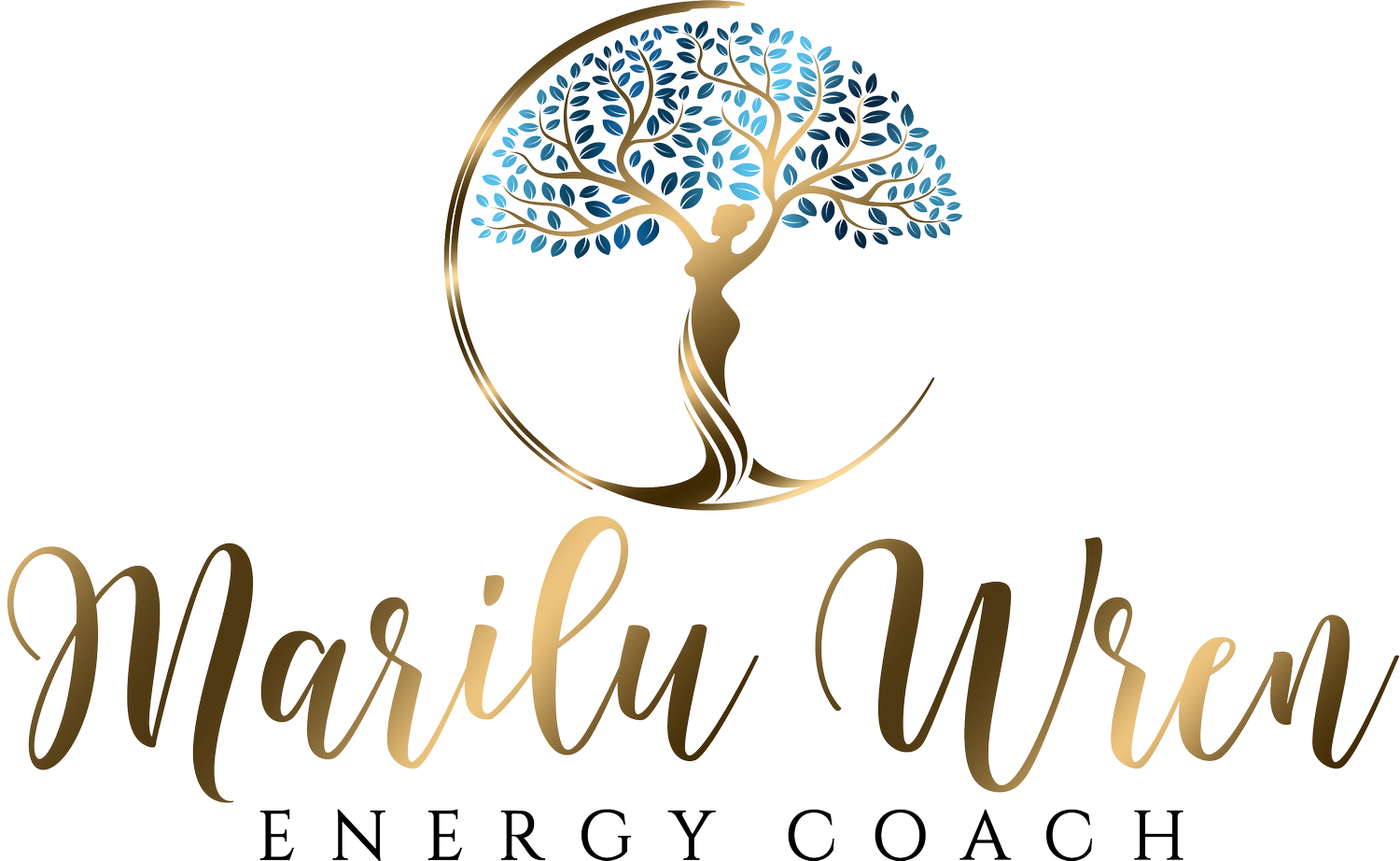
Emotional Freedom Technique (EFT)
What is EFT?
EFT (Emotional Freedom Technique), or Tapping, is a powerful method that combines the principles of ancient Chinese acupressure with modern psychology. Instead of needles, EFT uses gentle tapping on specific acupuncture points to balance the energy system, helping to alleviate psychological stress and physical pain. This non-invasive technique can be practiced on your own or with a practitioner, and once issues are addressed, it allows the body and mind to resume their natural healing abilities.
Tapping on meridian points around the body effectively halts the fight-or-flight response, reprogramming the brain and body to react differently. While we’re no longer running from tigers, our stress response is often triggered by negative memories or thoughts rooted in past trauma or learned behavior from childhood. Whether the trigger is external or internal, the body’s stress response is the same.
By tapping on the meridian endpoints on the head, body, and hands, you can deactivate the brain’s arousal pathways, sending a calming signal to the body and allowing the amygdala to recognize that it’s safe.
This innovative approach to addressing both psychological and physical issues is part of a field known as “Energy Psychology.” Research from more than a dozen countries shows that energy psychology delivers rapid, effective, and long-lasting results for a range of conditions. (See below for research examples.)
-

What can EFT help with?
Stress & Anxiety
Trauma & Pain
Insecurity & self esteem
Performance issues
Self-limiting beliefs
Disruptive behavioural patterns
Fears & Phobias
PTSD
-

What are the benefits of EFT?
EFT often works when nothing else will
It uses no drugs or equipment
It’s safe and painless
It is gentle & usually has rapid, long lasting results
Can be easily learned & applied by adults and children
Can be used anywhere, anytime
You don’t have to believe in it for it to work
It doesn’t require being re-traumatised
What does tapping look like?
Check out this video to see what a tapping round actually looks like. Remember that we are looking to shift unwanted emotions within the body that can impact us, either mentally or physically. We shift these emotions by gently tapping on meridian points on the face, chest and hands, which send kinetic energy through the blocked channels clearing them and removing any unhelpful emotions.
In a session together we would be looking for any of the following that the client feels need addressing or that cause them upset or limitation:
Symptoms/side effects
Emotions
Events
Limiting Beliefs
Diagnosis impact
What a tapping round will look like.
Free "How to Tap" Guide
Free "How to Tap" Guide
If you would like to work on your tapping as a self-help tool, I’ve created this handy guide that will walk you through how to establish your Tapping Targets and how to create your Set up Statement.
Step by Step, you will start to learn how easy & effective EFT can be, to tackle those issues that interrupt your day and wellbeing, such as anxiety, stress & overwhelm.
Click below to access your Free Guide.
FAQs
-
EFT Tapping has a number of systematic reviews, meta-analyses and randomized controlled trials (RCTs), a significant number of which have been published in reputable, mainstream scientific journals. These studies support the efficacy of EFT Tapping for many forms of psychological distress, physical pain, and performance. The strongest evidence for EFT tapping's effectiveness is for PTSD, depression and anxiety.
In a recent article looking at the science behind Energy Psychology, it was stated that “There are over 400 identified forms of psychotherapy, many of which have little or no research to validate them. Energy psychology, of which EFT is a part, is both evidence-based and in the top 10% in terms of published research for psychotherapy modalities”
In a 2013 research paper looking at “Clinical EFT As An Evidence-Based Practice For The Treatment Of Psychological And Physiological Conditions” it states that “New evidence from emerging fields such as epigenetics, neural plasticity, psychoneuroimmunology, and evolutionary biology confirms the central link between emotion and physiology, and points to somatic stimulation as the element common to emerging psychotherapeutic methods”
In one paper exploring EFT & Anxiety it’s shown that “Emotional freedom technique treatment demonstrated a significant decrease in anxiety scores”, whilst another paper suggests that “adding acupoint stimulation to brief psychological exposure is unusually effective in its speed and power because deactivating signals are sent directly to the amygdala, resulting in the rapid attenuation of threat responses to innocuous stimuli.” highlighting it’s efficacy for PTSD symptoms.
Another study of 5000 patients found that 90 percent of patients who did tapping therapy saw improved anxiety, compared to 63 percent of patients who practiced Cognitive Behavioral Therapy (with or without medication) instead. What’s more, the study found that it only took three tapping sessions to reduce a participant’s anxiety, while it took an average of 15 CBT sessions.
So whilst research is still ongoing Emotional Freedom Techniques (EFT) has moved in the past two decades from a fringe therapy to widespread professional acceptance and as this paper concludes “EFT is a stable and mature method with an extensive evidence base. These characteristics have led to growing acceptance in primary care settings as a safe, rapid, reliable, and effective treatment for both psychological and medical diagnoses.”
-
During a tapping session, we focus on the negative aspects of stress—unprocessed emotions, beliefs, and traumas that may still be influencing and controlling your life. By acknowledging and addressing these issues, we can begin to clear them. Some people worry that this process might be triggering, but our approach ensures that you observe the emotional impact from a safe distance, allowing you to process without being overwhelmed.
You might wonder why we focus on the negative thoughts, emotions, and beliefs. It’s natural to experience these feelings from time to time, and there’s nothing inherently wrong with them. However, when negative emotions get stuck without an outlet, they can cause imbalances in the body, potentially contributing to dis-ease and blocking the healing process.
All emotions—anger, sadness, rage, fear—are healthy and normal, as long as we allow ourselves to feel them and then let them go. Emotions are like waves; they need to pass through us, not engulf us. The only emotions that the body sees as threatening are those we don’t fully express.
Throughout life, we develop beliefs based on our experiences and the messages we receive, often reinforcing them as “true” over time. When we explore these potentially limiting beliefs, the ones that hold us back from living our full potential, we can begin to dismantle them. This opens the door to creating new, uplifting beliefs that support and heal our bodies.
-
• Before we “meet” you will be asked to fill an Intake Form, this gives me a clear idea of what your current presenting issue is, alongside your goals and desired outcomes.
• Please find a quiet, safe environment during each call, where you will not be interrupted.
• Have tissues and a glass of water to hand.
• I will help bring your energy back into the room with a short grounding meditation.
• Whilst you will have already be sent a “How to Tap” video, I will ensure before we begin that you are happy with how to proceed.
• You will be mirroring me at all times and so there is no need to remember anything or worry about getting it wrong.
• Once we have identified what is highlighting for you that day we will then start work on identifying the emotion and somatic sensation that are linked to it.
• We start tapping on the meridian end points around the body (see here for chart) and begin the journey of releasing the negative energies that are blocking your energetic pathways.
• You may feel physical “shifts” during a session, such as yawning, burping, body temperature fluctuation, tiredness or tingling in the body.
• Clients often feel a sense of relief and much “lighter” after a session and the “charge” around a presenting issue will have dropped significantly.
• Whilst sometimes one session is enough in helping to reduce the exhibiting stress, limiting belief or pain, I find that a series of sessions works best in really getting to the core of the issue and creating long term change and relief.

